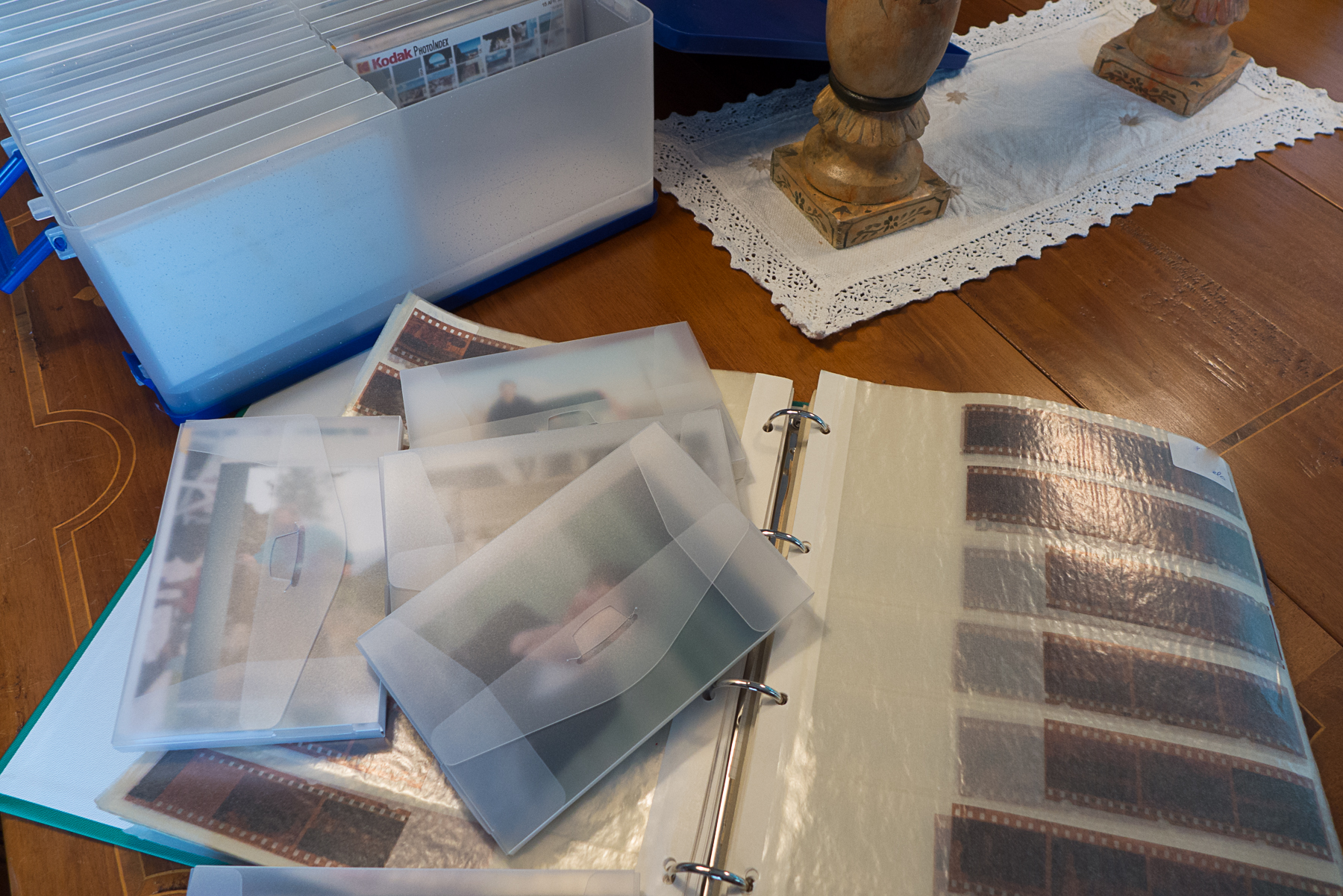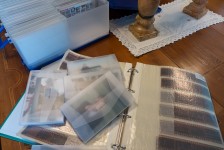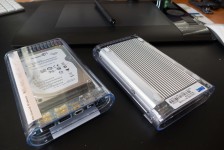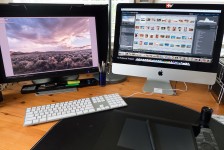PHOTOGRAPHY TIPS … organizing your pictures
In the digital arena, it’s more important than ever to be organized. You take a lot of pictures, download them to your computer, and hope to easily find them so you can either work on them and/or publish them to the web.
Once you reach a few thousand pictures, this gets more difficult to do unless you have a good filing system.
In this blog I will tell you how to manage your pictures. I learned the hard way, so I’m happy to pass along this information.
You will need four items to successfully manage your photos:
1. A good computer with enough RAM (please refer to the software requirements)
2. Software for organizing, cataloging, and post-processing. See below for my recommended software packages.
3. An external hard drive to store the pictures. (This is my recommendation)
4. Memory Card Reader in order to download your pictures to the Ext. HD. (see Pt. 3 bottom of the blog)
WORKFLOW:
As an example, I will use a recent outing I had at the 2013 US Women’s Open Golf Tournament in Southampton, LI. Back at home:
– I take my CF/SD card (Compact Flash Card/Secure Digital Card) out of my camera and stick them into a Lexar memory card reader.
– On the computer I open my ext. HD. Open the folder where I have all my pictures. I named that folder “Roland’s Nikon”. In that folder I have subfolders 2004, 2005, …… to 2013.
– I click on 2013 and create a new folder inside 2013. I call it “2013-06 #16 US Open Woman’s Golf”. 2013 (year), 06 (month), #16 (sequenced folder in 2013. In June I also took pictures of a Street Fair in Brooklyn. I called that folder “2013-06 #15 Street Fair Brooklyn”)
– I download the pictures into “2013-06 #16 US Open Woman’s Golf”
– I open my Lightroom catalogue and import the pictures into Lightroom.
– I set keywords behind the pictures.
It sounds complicated, but its not. What’s important is to do it the right way at the beginning. A must book to have is Scott Kelby’s Lightroom Book for Digital Photographers. (a new version LR 5 is on the market now)
Now you are organized and you can do as much or as little with your pictures as you want when it comes to post processing.
1. SOFTWARE: It’s important to have a good software package, one that lets you organize your pictures. The software will let you put keywords behind the photos which, in turn, will help you find the one you need. It will create a catalogue for you and allow for many ways of searching for a particular picture or photo session. Maybe you want to see all the pictures you’ve taken of flowers over the years. You can have this in a second. This is something you couldn’t do with film and is definitely one of the benefits of digital photography. However in order to being able to do this, you need discipline to do the correct workflow.
My software preference is Adobe’s Lightroom. It is probably also the most popular.
Adobe Elements, which costs a little less, works well too. The issue with Elements is, in my opinion, that after working with the software for awhile, you may wish that you started with Lightroom to begin with. LR is that good.
Apple’s Aperture also good, but I don’t use it, so I can’t really compare it to Lightroom.
Assuming you bought and installed your software, and before you start importing all your existing pictures, STOP here and think about something – where do you want to keep your pictures?
2. External HD: Note that technically, my pictures are not on my computer. My pictures and my catalogue are on an external HD. There are several advantages to keeping them off your computer. If ever you should have a problem with your computer, your pictures are still safe. You can take your small Ext. HD and go anywhere and work on it. It is easier to keep track of the storage capacity.
My choice for Ext. HD and the choice of the school where I am a teachers assistant is OWC. They are excellent for Macs or PCs. I own a second one to back-up all my pictures and my catalogue.
3. Memory Card Reader: Most computers have a slot for SD memory cards. If your camera uses SD and your computer has a slot for it you don’t need a card reader. My camera has CF and SD. I am using a Lexar Memory Card Reader.
BACK UP
This is the last important thing you cannot neglect. I have 3 back-ups. One is automatically done by my Mac’s Time Machine and I have 2 more ext. HDs. One I keep outside of my home.
***********************************
Now you can relax because your system is ready to handle hundreds or thousands of your upcoming pictures you take around your home or around the globe.
Let me know if you have additional questions. Send me a message and I will respond.




Would you like to share your thoughts?